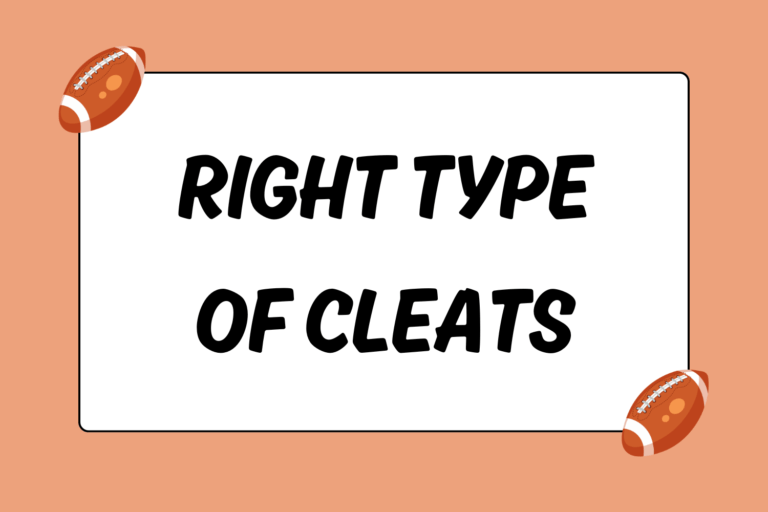With the exception of the actual ball, the helmet is football’s most recognizable feature. While it’s primary function is to protect players’ heads and faces, certain elements — the color combination, logos, and decals — also qualify the helmet as part of the uniform. However, when the game was first invented, the idea of players wearing helmets was still years away from even being conceptualized.
The Football Helmet is Born
The earliest forms of organized football originated in the 1860s, and the game started to gain notoriety shortly thereafter. However, the first football helmet wouldn’t be seen for nearly 30 years.
There are actually two players credited with first using a football helmet on a regular basis:
- Joseph M. Reeves: Prior to the Army vs. Navy game of 1893, Joseph Reeves, a midshipman from the U.S. Naval Academy, commissioned a local shoemaker/blacksmith to fashion a leather cap that would protect his skull. He did so at the urging of his physician, who cautioned Reeves that another solid blow to his skull could kill him.
- George Barclay: In 1896, George Barclay, a member of Lafayette University’s football team, fashioned his own football helmet — really more of a head harness — out of three straps of hard leather. It was designed to fit snugly on his head, with the specific purpose of staving off the dreaded and unsightly “cauliflower ear.”
In its earliest forms, the football helmet was really only used in specific and extenuating situations. Even then, it really didn’t consist of much more than a leather hat. Fortunately for the players, that would soon change.
Fun Fact:
The actual catalyst for the creation of the football helmet was the College Football Rules Convention of 1888. That year, tackling below the waist became a legal and accepted maneuver, and as a result it became almost universally acknowledged that pads and other protective measures would have to be introduced to the game.
The Helmet becomes Popular
Over the next few decades, using a football helmet became the standard rather than the exception. By 1920, about half of all football players were wearing helmets, and several improvements had been made to the initial design:
- Harder leather was used, which was better at absorbing impact.
- Padding was introduced, making helmets significantly more comfortable.
- The helmet covered the entire head, rather than just parts of it.
- Ear flaps were introduced, and later came with holes in them so players could still hear.
However, the introduction of a suspension system inside the helmet was the most significant improvement. Introduced in 1917 by Robert Zuppke — who was the University of Illinois’ head football coach at the time — this suspension system created a small gap between players’ skulls and the actual helmet. This gap prevented the skull from directly absorbing the force of a hit.
Prior to this, the helmet sat directly on top of, and in direct contact with, a player’s head. When a player hit something (usually someone) head-first, the force of impact would transfer through the helmet and onto the player’s head.
The suspension system — a series of cloth straps that criss-crossed inside the helmet — provided some separation and cushioning between the player’s head and the helmet. As a result, the impact of a hit was mostly distributed across the surface of the helmet, with the player’s head receiving a significantly reduced amount of force.
Fun Fact:
In the mid-1930s, the last main improvement to the leather football helmet was introduced: The facemask. Vern McMillan, who owned a sporting goods store in Terre Haute, Indiana, was credited with inventing the first facemask design.
Football Helmet v2.0
The next big evolutionary leap occurred in 1939, when the first football helmet was made from plastic. While the initial design looked very similar in size and shape to the leather helmets used at the time, the plastic helmet (eventually) had several advantages over its leather counterpart:
- It was lighter
- It was stronger
- It lasted longer
- It was water resistant
However, these benefits weren’t readily apparent at first. The initial formula used to create plastic football helmets had one glaring flaw: It would shatter when hit hard enough. And since football is a collision-heavy game, this tendency led to a poor reception at first. For about the next 10 years, players either stuck with wearing leather helmets, or no helmets at all.
Upgrading the Suspension
In the early 1970s, helmet manufacturer Riddell introduced a helmet design that featured an inflatable air bladder inside the helmet. The idea was that a player would put the helmet on, and then inflate the air bladder to a comfortable level; it was essentially a customizable helmet. Around the same time, rival manufacturer Schutt Sports began mass-producing a helmet that used a series of interconnected air pockets inside the helmet to cushion players’ skulls. These air-filled (and occasionally foam-filled) layers quickly became the standard method for cushioning players’ heads inside the helmet.
Safety First
By 1943, the NFL required all players to wear helmets (and later facemasks), and in the early 1950s helmet manufacturers had developed a plastic polymer that could easily withstand collisions. These two developments marked the end of the leather football helmet era, and the end of helmetless players as well.
While helmets have had several different designs, compositions, and configurations since the 1950s, the modern football helmet adheres to the same basic principle as the early models:
- A hard shell on the outside.
- A softer layer inside, between the shell and the player’s head.
Though different manufacturers use different layouts for their respective helmets, the purpose of the helmet is the same now as it was in the past: Absorb the impact of a hit and diffuse it across the helmet, minimizing the impact to the player’s skull and brain.





